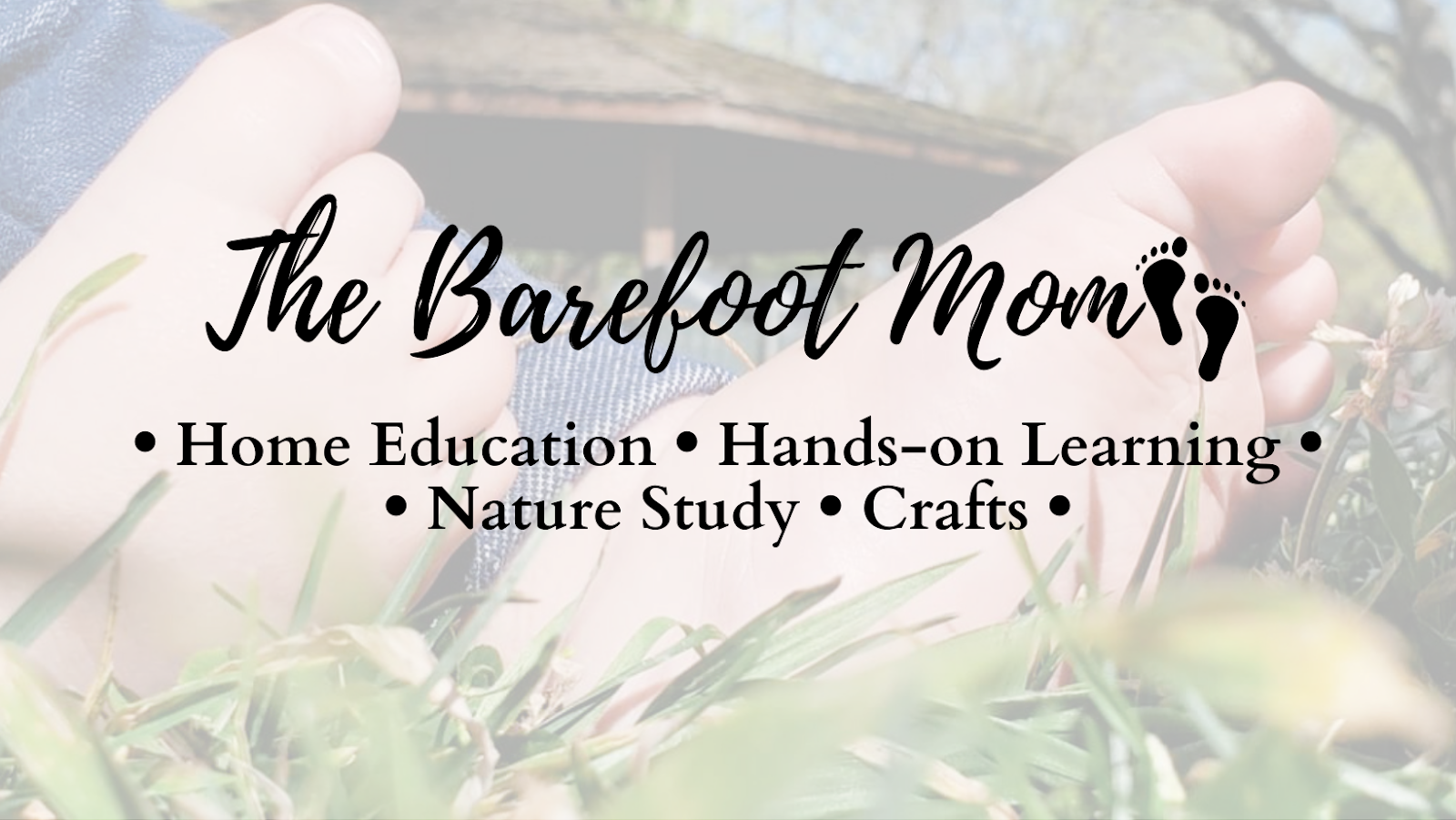I love art and craft activities that incorporate nature. In this post I will share instructions for a fun art activity we did recently: nature stamping!
For this activity you will need:
-White or light colored paper
-Washable paints
-Paint brush
-Leaves, pine needles, and other pieces of nature
-A cup of water for cleaning your paint brush
First have your children search your yard or neighborhood for different leaves, pine needles, shells, pine cones, sticks, and any other pieces of nature you think might be fun to stamp with. Our favorite materials are leaves and sea shells.
Apply a very light layer of paint to a leaf or other piece of nature with your paint brush.
Carefully set it paint side down onto your paper, gently rub over it, then peel it up.
You can also set a fresh unpainted leaf on your paper and carefully paint over and around it. Then carefully lift the leaf.
Make a cool a design or just cover your page in nature stamps!
If you enjoyed this post check out:
Follow me on:










These turned out terrific! We will have to try it this summer. I love getting the kids to explore and find things outside.
ReplyDeleteThis looks so fun and those pictures are so awesome!
ReplyDeleteI remember doing this as a kid, such a great idea! Great way to learn, be artistic, and have fun! We'll have to try it soon!
ReplyDeleteOh how fun! This looks like a sweet nature activity for young kids to do outdoors!
ReplyDeleteGreat way to do nature study and art!
ReplyDeleteThanks! I love art projects that incorporate nature :-)
Delete